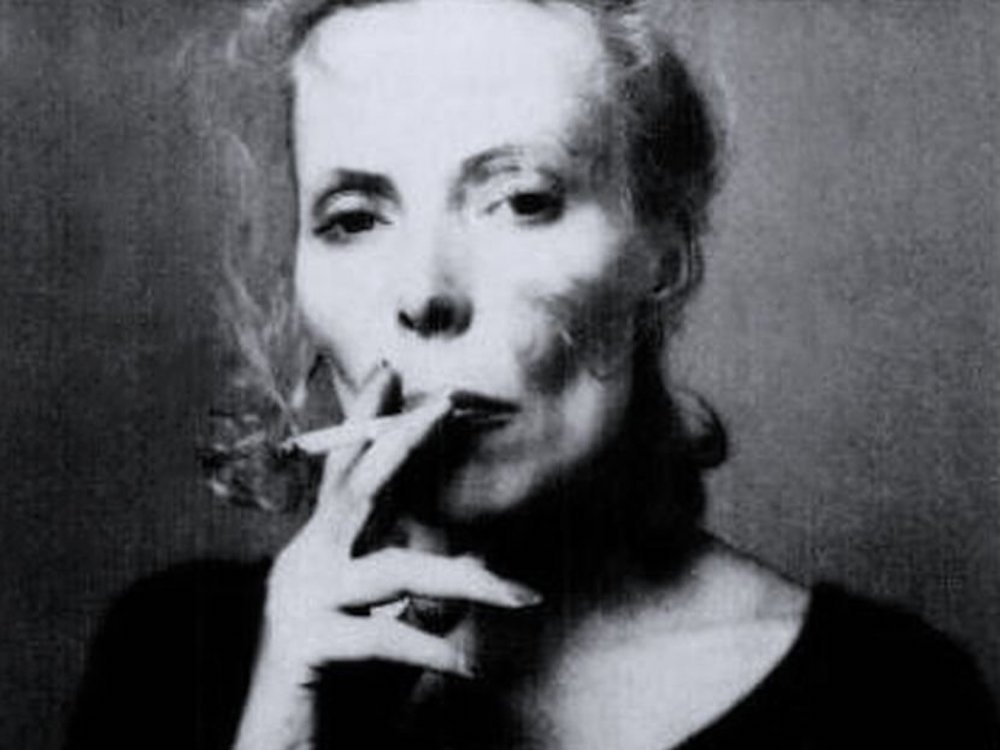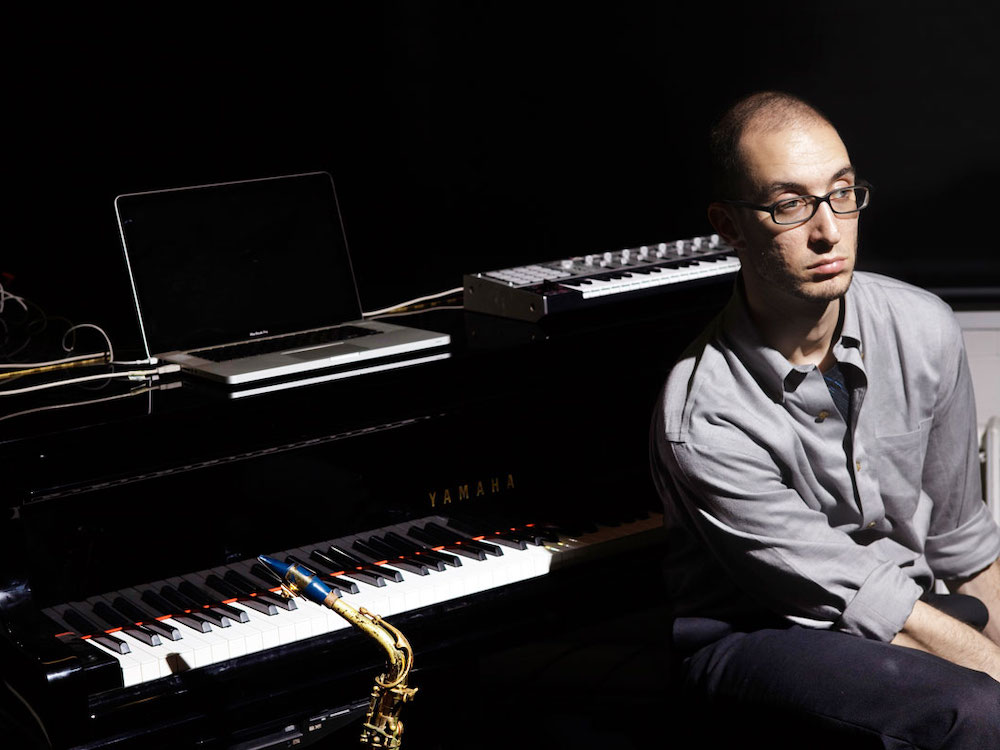David Ferry’s poem “At Lake Hopatcong” has its narrator considering a family portrait taken a year before he was born. He knows everyone in the photo, and yet it is “of no country I know.” Over and over again, I tried to picture the lakefront in Brandon Taylor’s debut novel, Real Life—I who toured endless college campuses, lived on several, visited friends on still more, I who am white and have lived in majority-white communities for deep decades at a time. In the descriptions of this life with which I am so familiar, I both recognized and didn’t recognize the world displayed, so fresh and frank are Taylor’s observations of the daily hurts of being Other. Taylor’s protagonist, Wallace, is a bright, lovable biochemistry Ph.D. candidate at an upper-Midwestern university who as a queer black man is repeatedly made to feel he is neither bright nor lovable—I kept thinking of Waugh’s line “a blow, expected, repeated, falling upon a bruise.” He feels the felted insularity of specialized academic life: complaints muted, seasons distorted. Everything is endless semesters and claustrophobic cohorts, which both bring him closer to that community and highlight his distance from it. Real Life asks questions many of us shy from: Who is entitled to pain? How useful is an apology? Can sharing our feelings free us from them? How much is empathy? Taylor is a student of the Master, and at times fire catches the taut laces of dinner-table talk like in any Jamesian parlor. Taylor isn’t above a bit of play: a life preserver becomes an erotic harness, nacho cheese becomes sexual effluvia—or does it? If there was as much attention paid to good writing about sex as there is to bad sex writing, Taylor would sweep the top prize. Amid the flurry of new novels drifting down like so many balloons, Real Life is the one weighted with confetti, each flake moving at half speed, a silicon membrane away from free fall. —Julia Berick
I often wonder why anyone bothers to watch biopics. There’s something so greedy and grasping about them—the moments of supernatural tenderness, the music that crescendos with too much desire, the bald-faced schmaltz masquerading as prestige performance. But on occasion, this is precisely what I need. Judy, which focuses on Judy Garland’s final series of performances at the London nightclub the Talk of the Town, more than delivers. Renée Zellweger is stunning in the leading role; close shots provide the movie’s best moments, when we just get to watch as her face shatters with feeling. And what a spectacular face! I have never before understood so clearly the power of make-up, which shifts Zellweger’s Garland from clownish to lucid and back again. Sure, it can all be a bit much. But isn’t that Judy? Isn’t all that grasping, all that saccharine searching, what made us love her in the first place? —Noor Qasim
Dan Chiasson writes of Joni Mitchell: “Men often wanted Mitchell to be a wife, a muse, a siren, or a star. Instead, they got a genius, and one especially suited to deconstructing their fantasies of her.” I made the same mistake as those misguided lovers this week; I’d hoped to find reprieve from a particularly busy time by escaping into the soft colors and looping cursive of Morning Glory on the Vine, a collection of handwritten early poems and illustrations by Mitchell. She printed a hundred copies to give to friends one lean Christmas season (“All my friends were kind of nouveau riche, so buying Christmas presents was going to be really difficult”). Years later, a couple of those friends fled their home north of Malibu as a forest fire approached, and when Mitchell went to check on them, she noticed they had packed her book along with their most precious belongings—thus the inspiration for this print run. Melancholic, rueful, and bittersweet, these poems are paired with minimal lines and flushes of color that are indeed beautiful to behold. But just as Mitchell deconstructs her delicate melodies with raw lyrics, the pastels and jewel tones are no match for the intense honesty of Mitchell’s verse. —Lauren Kane
Liberating the Canon: An Anthology of Innovative Literature, edited by Isabel Waidner and published by the Manchester-based indie press Dostoyevsky Wannabe last year, is a fantastic compendium of boundary-pushing prose. Highlights for me include an excerpt from a play by Mojisola Adebayo about female sexual pleasure and trauma; Joanna Walsh’s “I Wish Somebody Loved Me That Isn’t Capitalism,” an unflinching look at the relationship between heterosexual love, sex, and class; Mira Mattar’s “Never the Blade,” with its meditations on horse girls, among other things; and Sara Jaffe’s quietly lovely exploration of queer parenthood. There’s a pleasingly DIY, mixtape-esque quality to both the collection’s contents and its graphic design, bringing to mind legendary indie music labels like K Records. —Rhian Sasseen
The saxophonist Steve Lehman has made his name over the past fourteen or so years through a sequence of albums that mostly feature large ensembles—adding vibraphone and extra horns to the core jazz quartet—playing aggressive, rhythmically skittering, thrilling compositions. His new album, The People I Love, strips down the instrumentation to just sax, bass, drums, and piano but ports all the hectic precision of Lehman’s composing style. It’s sort of Lehman’s version of a traditional acoustic jazz record, though it exemplifies a new tradition—taking off from Lehman’s mentor Anthony Braxton and the AACM ethos, with a bit or a bunch of nineties drum-and-bass mixed in—that Lehman and many of his collaborators have helped to develop in the new millennium. Lehman’s music is principally about rhythm, with the melody serving as a series of hoops for the time to jump through. I play drums, so the big thrill for me on this record is hearing Damion Reid behind the kit but in the foreground of this smaller group: he plays like a machine with a tremendous soul. His speed and precision are superhuman, and it’s simply mind-boggling to witness him pulling off this music. There’s not a lot of new news for longtime Lehman fans on this album, but it may act as a helpful ambassador to new listeners looking for a way in. Lehman seems to be cogitating in advance of his next big breakthrough, which I have no doubt is on the way. —Craig Morgan Teicher
from The Paris Review https://ift.tt/2nTEzGC



Comments
Post a Comment